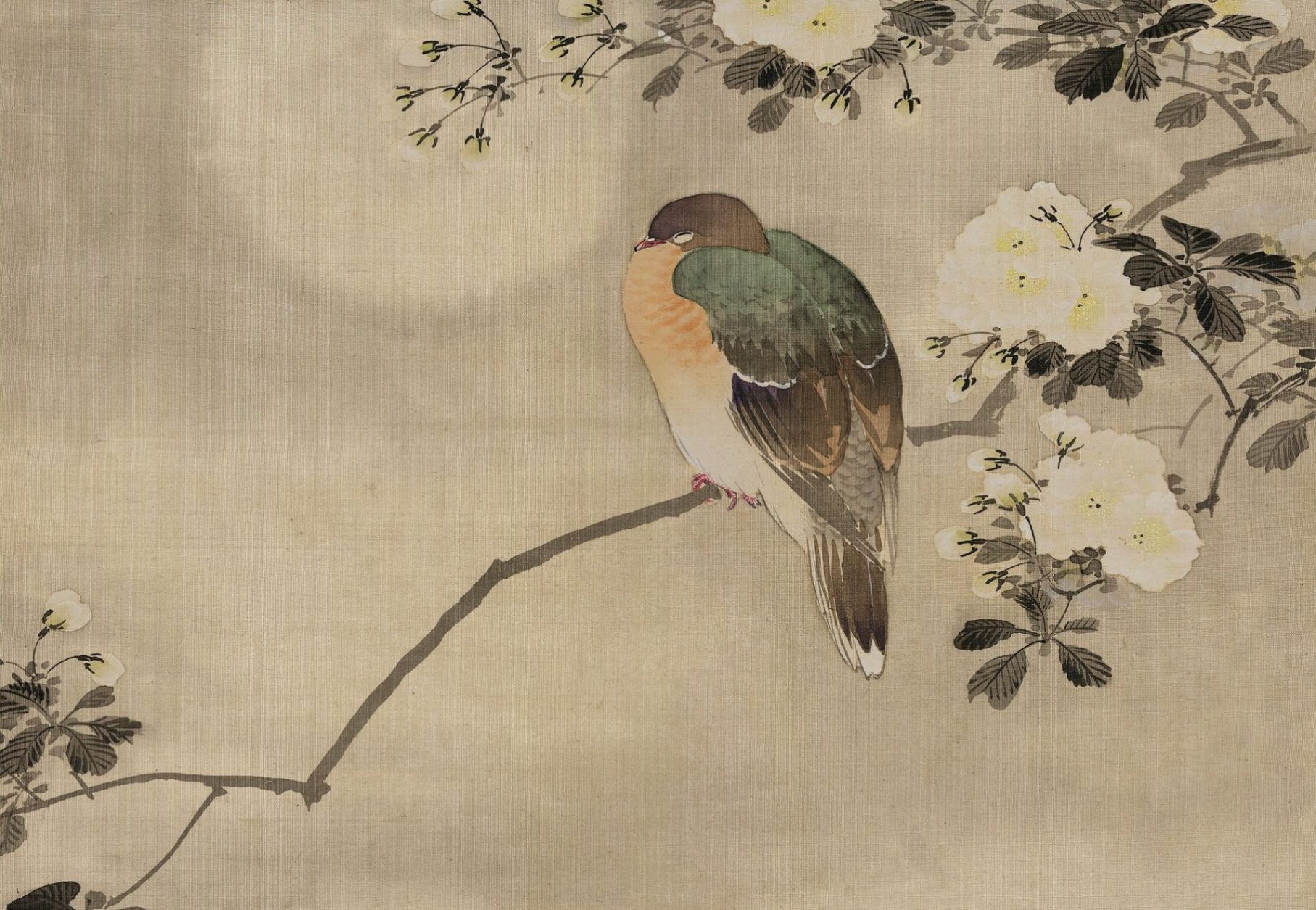Your cart is currently empty!
How To Write A Simple Haiku

Haiku was a form of Japanese poetry made popular in the 1100’s onward. Basho, the creator of the first Haiku poems, wanted to create a new appreciation for the expression of nature and objects and how closely humans relate to them. He used the cultural idea of Zen to help create such a simple and clean form of expression. In Zen there are two thoughts called Wabi and Sabi. Wabi means delighting in the commonplace, while Sabi means to be solitary. Within these thoughts you can see a quietness that really comes forward in Haiku poems. Like many other things in Japanese culture, there is a great emphasis on simplicity and quietness, beauty about the ordinary and strength in the delicate things of life.
You can create your own Haiku helping you to find quietness and simplicity in a busy life. I would suggest getting a small notebook or journal to start recording feelings you experience in nature and in specific moments throughout your day. Even just recording one word will help you to build your poems.
According to CreativeWritingNow.com, a Haiku is built by using five syllables in the first line of your poem, seven syllables in the second line and five syllables in the last line of the poem. You will typically find that Haiku is written about nature but do not limit yourself to that. You can write Haiku about any scene in your daily life. You want to create a sense of what situation or season you may be talking about so include a word which will describe this somewhere in the body of your poem.
Haiku is similar to painting only with words. You want to convey a feeling of looking through a window on a scene before you. You want to encapsulate your impression of that scene in just a few simple words using description as your paintbrush.
Haiku often will connect two subjects rather than focusing on just one subject in the scene. Here is an example:
” Lightening flickering without sound… how far away the night-heron cries!” -Basho
Although lightening and a bird are unrelated subjects, together they make the scene of the poem convey a sense of feeling and describe exactly what the poet felt through these subjects.
Here I began my own Haiku poem by looking out my window on my sunny yard.
“Pine branches shift in the wind, sunlight spills among shadows, the thought of Spring spills among the shadows of my heart.”
Now I will break it down into a 5-7-5 syllable wording. Let’s see how it turns out!
“Wind shifts pine branches, among shadows sunlight spills, thoughts of Spring.”
A simple poem, yet conveying what I felt viewing this scene. Now you try and post your results below! Let me know how you enjoyed this post on Haiku poems and how it helped to enhance your creative thoughts and expressions.
Live beautifully!
